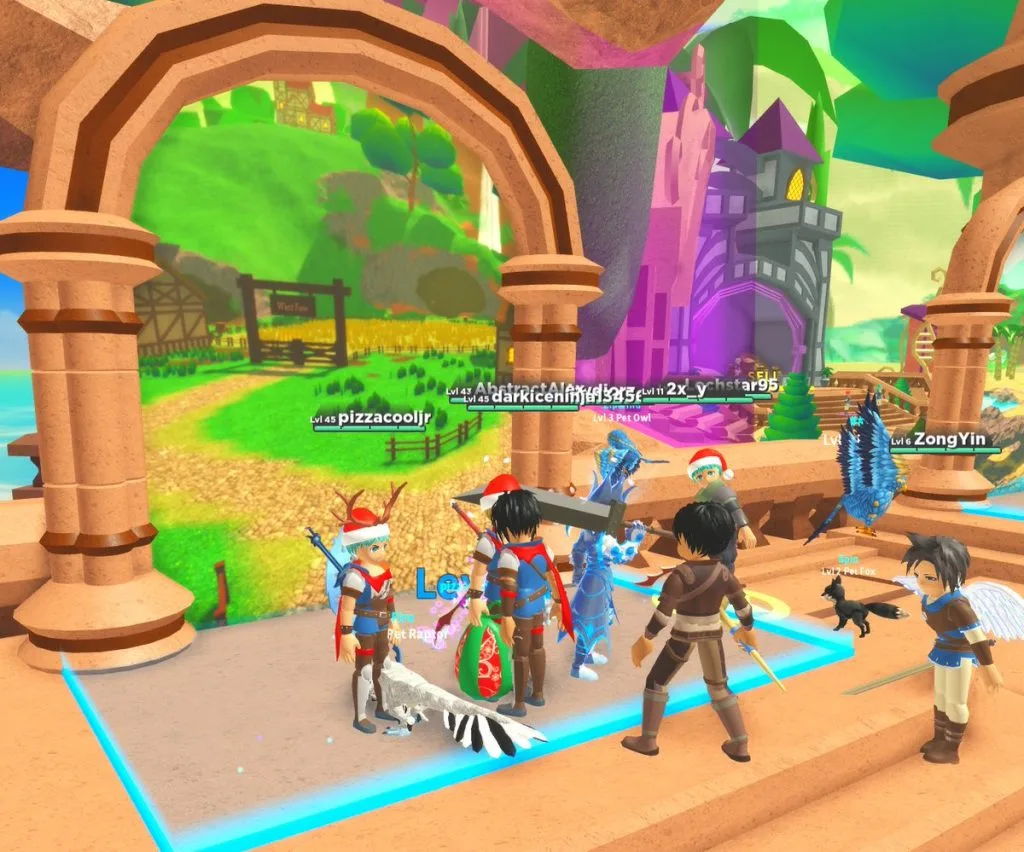Some Questions for Metaverse(rs)

The “metaverse” discussion seems more about cultural “in-group” signaling then a thorough exploration of an idea. It’s frustrating. Rather than talking about “what the metaverse will look like” instead we should examine the forecast of a “metaverse” altogether.
Most commonly, I’ve heard it referred to the idea that the future of games is a single shared 3D world with a variety of experiences driven by user-generated content. Roblox is most often associated with the term. Yet, what evidence is there that games are converging on a single shared 3D world?
Roblox and Fortnite are the best and biggest data points. Roblox is a successful game-as-a-platform unlike LittleBigPlanet or Halo’s the Forge. Those titles and ones before them are best thought of as mod platforms, wherein players are creating extensions of the core experiences rather then entirely new ones. On the other hand, Roblox allows for vastly different experiences, from FPS to RPG. Roblox also allows creators to earn cash in a straightforward and consistent way, uncommon for mod platforms. Roblox gets the “game-with-a-game” billing rather then marketplace because since it’s held together by a thin layer of: a launcher, avatar system and unified virtual currency (Robux).
Roblox has undoubtedly been a massive hit with over 40M DAU, but it’s only captured a specific age demo. As players mature, they fall off the platform. This isn’t the direction you’d like LTV curves to take. According to their S-1 filing, 67% of users are under the age of 16 while 14% of Roblox’s users are over 25 years old. Roblox’s inability move up the age ladder is largely attributed to its childish cosmetics and unpolished playgrounds.
The more devolution Roblox gives to developers to solve these problems the less it means to be a “Roblox game” since there’s less in common between each title. Devolve enough and you’re just Xbox Live. We’re starting to see evidence of this as developers can override the avatar system.

But poking and prodding the definition of metaverse reveals a series of questions. Why isn’t something like Xbox Live a metaverse (persistent avatar, friends list, social hangout)?
- What are the player benefits of a 3D shared world rather than a 2D menu?
- Why did PS Home fail?
- Is Second Life a metaverse?
- If so, why did Second Life fail?
- What observable things will happen in the next 2, 5, and 10 years that suggest we’re on track for a metaverse?
- How do these things differ from more UGC game platforms?
The metaverse is a forecast. Proponents should be more forthcoming in laying down testable hypotheses.